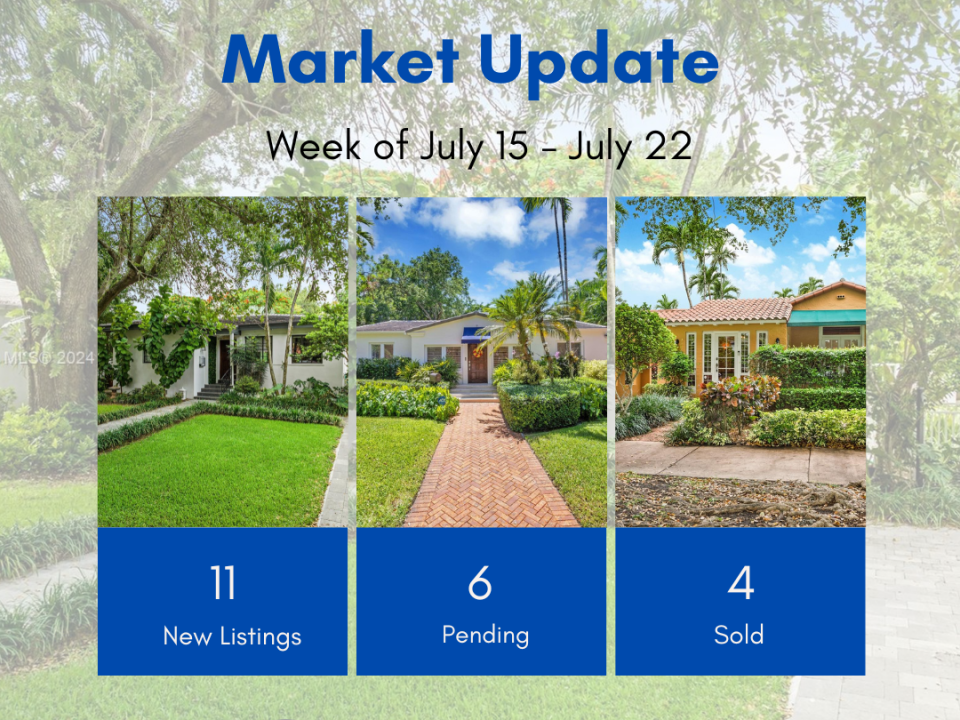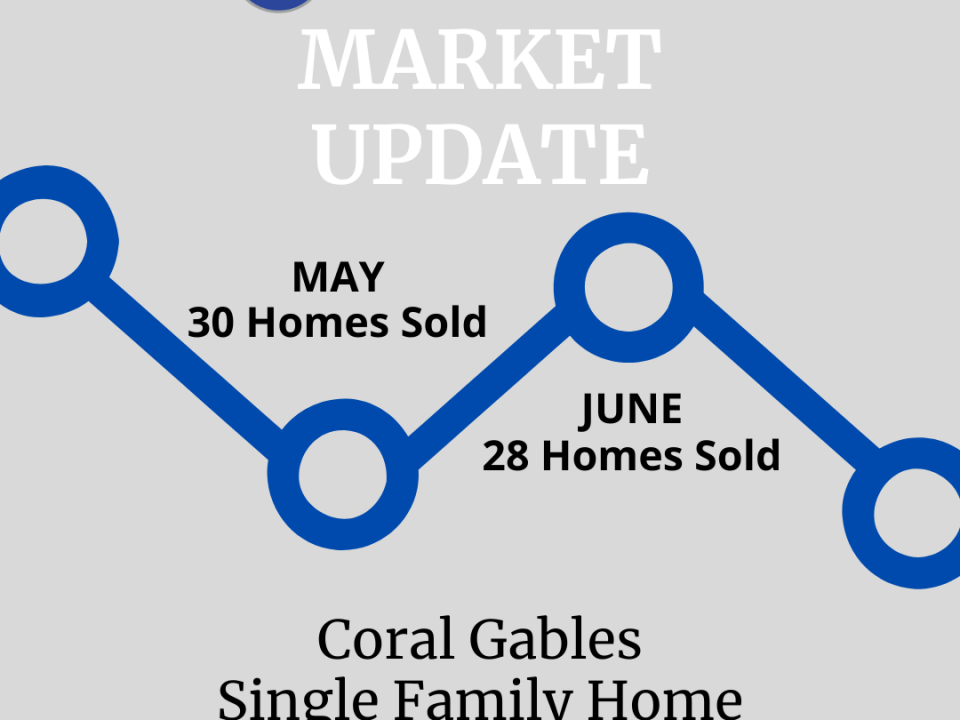![]()
Home sellers can take heart. Despite the fervent wishes of buyers, home prices are ticking up during this coronavirus crisis—instead of down.
In a surprise, the median home list price rose 1.6% annually in the week ending April 25 compared with the same week a year ago, according to the most recent national data from realtor.com® looking at the 99 largest metropolitan areas. Real estate experts have been predicting that price growth would level off or even dip, as prices had been up only 0.3% year over year in the previous week and just 0.8% in the week prior to that.
That was a stark contrast to just a few months ago, when prices were rising by more than 4% annually before the coronavirus pandemic essentially put the U.S. on lockdown.
The median home price was $324,9000 in the week ending April 25, up from roughly $320,000 since mid-March.
“The slight increase this week is because prices are ‘sticky,'” says realtor.com Chief Economist Danielle Hale. “Home sellers are strongly resistant to lowering prices, and they’d gotten really close to declining, so we see a bounce-back. I don’t think this is a return to big price increases.”
That doesn’t mean prices won’t eventually fall, and many experts predict they soon will. Many buyers will refuse to pay top dollar given the sharp economic downturn that has resulted in more than 30 million layoffs so far. Plus, if there is another wave of foreclosures down the line, that could also depress prices.
The number of homes for sale has been declining for years, reaching new lows earlier in the year. But then the pandemic hit and the supply of properties plunged. Annual inventory was down 16.9% in the week ending April 25.
Meanwhile, the number of new listings plummeted 43.1%. That’s a bad sign for the spring buying season, as the warmer-weather months are typically the busiest for the real estate market. It’s when the most homes go on the market and buyers come out of the woodwork to flood open houses. Families often prefer to move while the kids are on summer vacation.
“Buyers may still struggle with finding the right home among limited options,” says Hale. “It may feel like, ‘what you see is what you get.'”
Many sellers have pulled their listings or chosen not to list their homes due to health or financial concerns. Some don’t want strangers touring their homes or don’t want to move during a pandemic. Others are waiting until their communities begin allowing open houses and in-person tours again before they relist their homes.
Another sign of the slowdown is that homes are sitting on the market for longer for just over two months, at a median 66 days nationally. Days on market were up nine days, or 16%, compared with a year earlier.
“The homes that are up for sale are sitting a bit longer because buyers are making fewer offers given all the uncertainty in the economy,” says Hale. “A higher days on market means sellers can anticipate the selling process taking longer, and buyers may find that they have more time to think about submitting an offer before another buyer swoops in ahead of them.”




